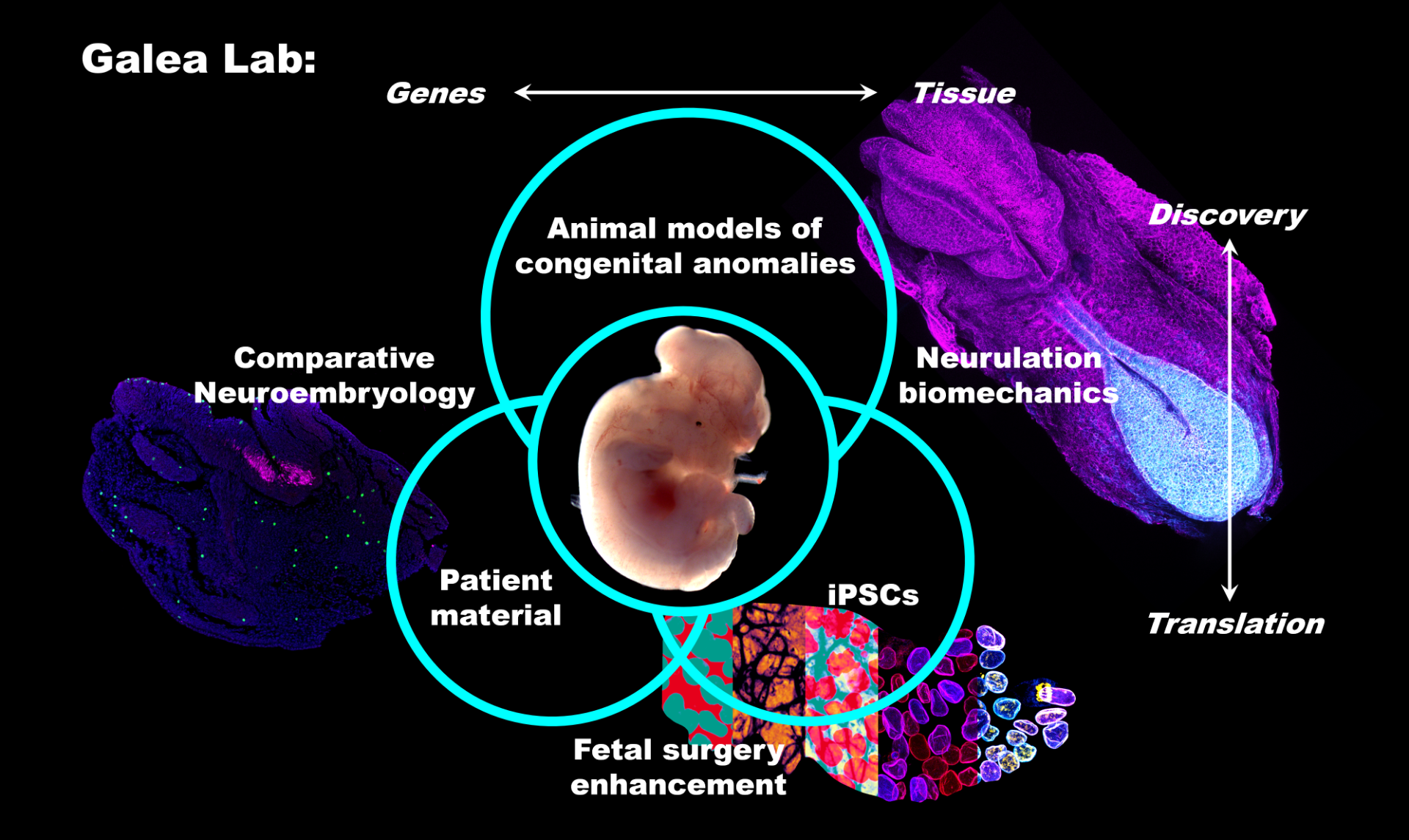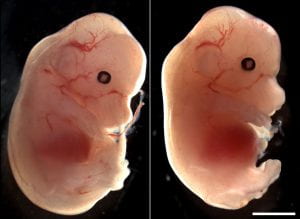Neurulation biomechanics lab
By Gabriel Galea, on 26 March 2024
The Neurulation Biomechanics (Galea) Lab aims to improve prediction, prevention and patient outcomes for those affected by neural tube defects such as spina bifida. Our research relies on three key experimental systems: animal models of human congenital malformations, patient-derived tissues, and human induced pluripotent stem cells. We strive to bridge the gap in our understanding between genetic/molecular mechanisms and their tissue-level consequences which underlie congenital malformations. By combining different experimental systems, our research ranges from fundamental studies of key cellular behaviours to translational work aiming to improve outcomes for individuals who have spina bifida.

 Close
Close



